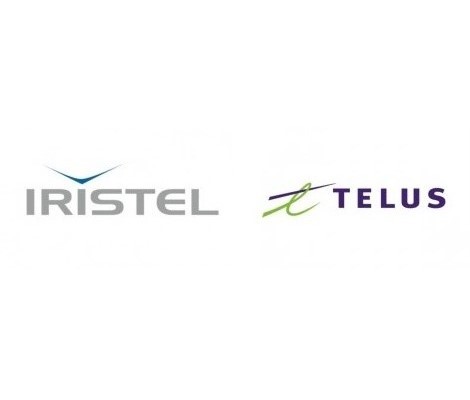
By Denis Carmel
On Wednesday, the CRTC rendered decisions denying the Review and Vary (R&V) requests filed by Telus and Iristel in November and September 2020 respectively.
At stake was a CRTC decision made in August 2020 following a complaint issued by Telus in August 2018 alleging traffic stimulation activities conducted by Iristel regarding long-distance calls using area code 867, which serves Northern Canada.
Later, Telus proceeded to block 867 calls from Iristel using self-help remedies, basically taking the law into its own hands.
Both were found guilty and the CRTC decided that by violating the Telecom Act, they would be subjected to Administrative Monetary Penalties (AMPs) in the range of $750,000 to $1.25 million. But before issuing those penalties, the CRTC initiated a proceeding and asked for “submissions on whether it is appropriate to impose AMPs on Iristel and on [Telus] and, if so, what the appropriate amount of the AMP on each company would be,” a CRTC notice of consultation stated.
In their requests to R&V the decision, both parties asked that the AMP process be suspended, which the CRTC agreed to. That suspension is now lifted, and parties have until Jan. 17, 2022, to intervene and Telus and Iristel have until Jan. 31, to reply.
Furthermore, in its decision regarding Iristel’s R&V, the CRTC said “Iristel’s interim tariffed IX termination rate of $0.0098125 per minute per end (originating or terminating) will be made final 17 March 2022, and will take effect retroactively to 23 November 2018 (the date on which the rate of $0.038 per minute was made interim with the issuance of Telecom Decision 2018-432) if Iristel has not filed, by 17 March 2022, a tariff notice supported by a cost study that is consistent with the information to be provided in support of wholesale service tariff applications.”
When asked for comment, Samer Bishay, president and CEO of Iristel & Ice Wireless, said: “we are looking at our options. Very disappointed with the decision as it will potentially impact how we deploy services in rural and remote indigenous communities that needs 867 services the most.”



